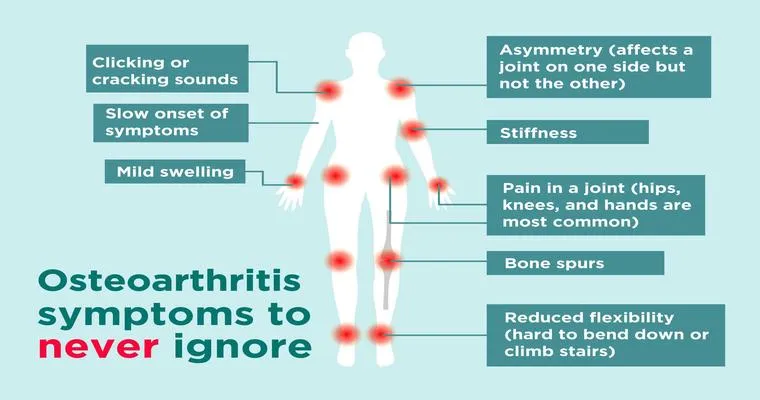Arthritis is a "common condition" that affects millions of people worldwide. It refers to inflammation of the joints, which can lead to "pain", stiffness, and swelling. The condition can significantly impact daily life, making even simple tasks challenging. Understanding what arthritis is and why it causes such intense "pain" is crucial for those affected and their loved ones.
Understanding Arthritis
Arthritis encompasses over 100 different types, with the most prevalent being osteoarthritis and rheumatoid arthritis. Osteoarthritis occurs when the protective cartilage that cushions the ends of bones deteriorates over time, leading to "joint pain" and reduced mobility. On the other hand, rheumatoid arthritis is an autoimmune disorder where the body’s immune system mistakenly attacks joint tissues, causing inflammation and significant discomfort.
The Pain Mechanism
The "pain" associated with arthritis can be attributed to several factors. When inflammation occurs, the body releases chemicals that can irritate the nerves surrounding the joints. This irritation often results in a sensation of "sharp pain" or aching. Additionally, as the cartilage wears away, bones may rub against each other, causing further discomfort. This mechanical pain can be exacerbated by movement, making even simple activities feel daunting.
Symptoms and Diagnosis
Common symptoms of arthritis include persistent "joint pain", stiffness (especially in the morning), swelling, and decreased range of motion. Diagnosing arthritis typically involves a combination of physical examinations, patient history, and imaging tests such as X-rays or MRIs. Early diagnosis is vital to managing symptoms effectively and preventing further joint damage.
Why Does Arthritis Hurt So Much?
The intensity of "arthritis pain" can vary from person to person. Several factors contribute to this variability, including:
1. "Type of Arthritis": Different forms of arthritis can produce varying levels of pain and discomfort.
2. "Stage of the Disease": The progression of arthritis affects pain levels. Early stages may involve mild discomfort, while advanced stages can be debilitating.
3. "Inflammation Levels": Higher levels of inflammation typically correlate with increased pain.
4. "Lifestyle Factors": Weight, activity level, and overall health can influence how much pain an individual experiences. Excess weight puts additional stress on joints, worsening symptoms.
Managing Arthritis Pain
Although arthritis can be painful, various treatment options are available to help manage the discomfort. These may include:
"Medications": Over-the-counter pain relievers and anti-inflammatory drugs can help alleviate symptoms. In some cases, doctors may prescribe stronger medications or disease-modifying antirheumatic drugs (DMARDs).
"Physical Therapy": Engaging in physical therapy can help improve joint function and reduce pain through targeted exercises.
"Lifestyle Changes": Maintaining a healthy weight, eating a balanced diet, and incorporating low-impact exercises can significantly reduce symptoms.
"Alternative Therapies": Some individuals find relief through acupuncture, massage, or dietary supplements, although it’s essential to consult a healthcare provider before trying new treatments.
Conclusion
In conclusion, understanding "arthritis" and the reasons behind its painful symptoms is essential for effective management. With the right approach, individuals can lead fulfilling lives despite the challenges posed by this condition. If you or a loved one is experiencing symptoms of arthritis, it’s important to seek professional advice to explore treatment options and improve quality of life.





